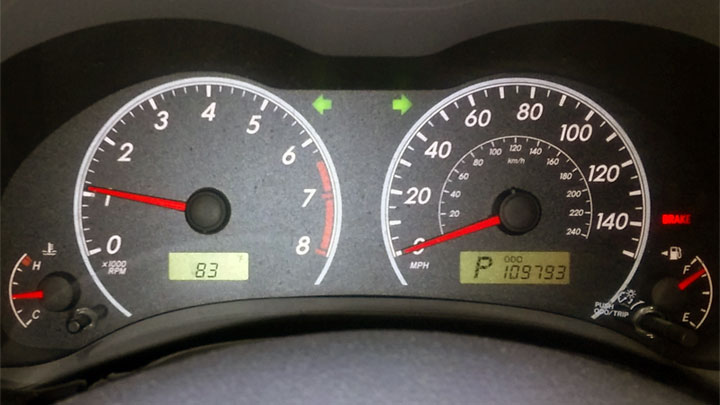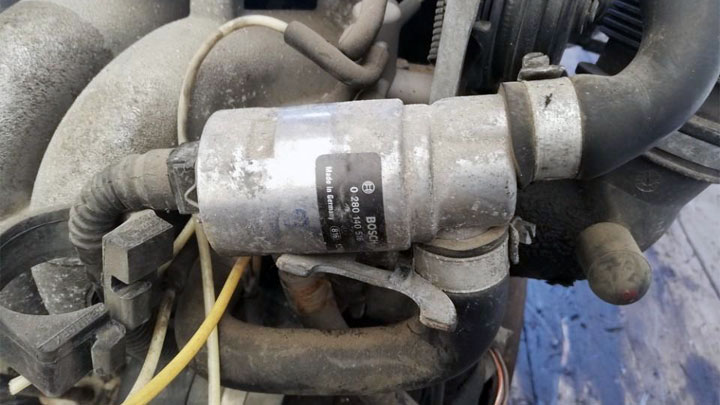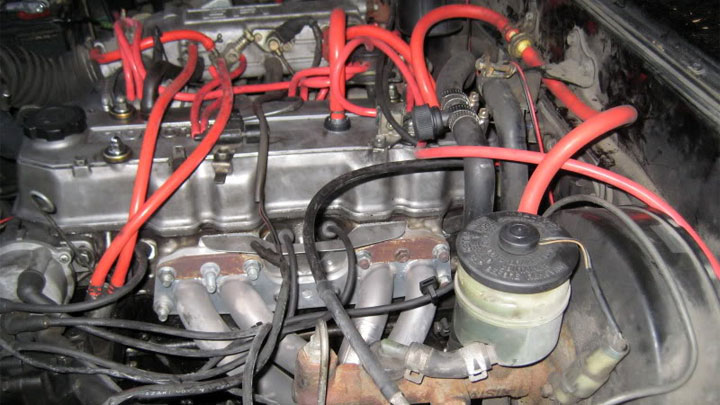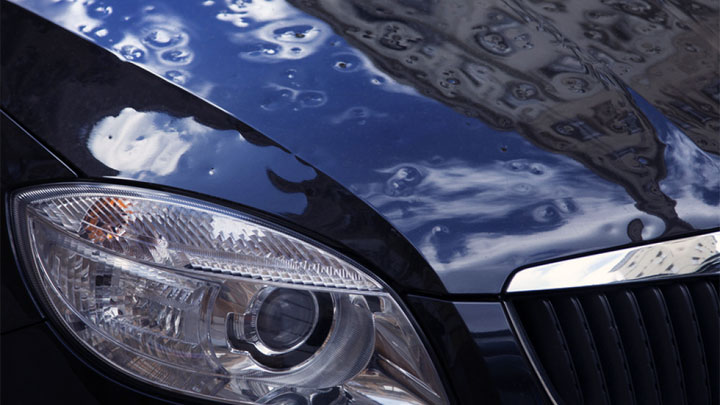Last Updated on August 11, 2022
Having an obnoxiously loud car even when idling is never a good look. Coupled with that ‘Check Engine’ light, it immediately sends most people into panic mode. Issues with the engine of your car tend to be complicated and expensive.
The good news is that modern cars all have a comprehensive onboard computer that continually gathers data when the vehicle is starting, running, or stopping.
The computer records all of the issues that arise and identifies them using DTCs, or diagnostic trouble codes. Each code is unique and represents a common issue in the car, making it easier to diagnose and fix the problems.
Code P0507 comes from the same system. If a ‘Check Engine’ light comes on and a P0507 code is triggered, chances are that your car has an issue with high RPMs when the engine of your car is idle.
What Does Code P0507 Mean?
To better understand the meaning of Code P0507, it is vital to understand the role that the Idle Air Control System plays in the car.
The Idle Air Control System makes sure that the engine of the car is running at optimal idle speed when the car is not moving. This optimal speed depends on multiple factors, such as what other devices and systems are in use, including the stereo, air conditioning, windshield wipers, or seat heaters.
Code P0507 triggers when the PCM (Powertrain Control Module) detects that the idle engine speed is faster than the previously determined speed by design.
On average, most PCMs will trigger Code P0507 if the idle engine speed is 200 or more RPM higher than designed, and the ‘Check Engine’ light will appear on the dashboard.
The Idle Air Control system is a part of the electronic throttle body assembly in most modern cars manufactured after 2000. The key component of the Idle Air Control System is the Idle Air Control Valve (also called a motor or actuator), which determines the amount of air that the system needs to run at an optimal level, together with the PCM.
See Also: P0505 Code, P0506 Code, P2004 Code
Symptoms of Code P0507

Fortunately, Code P0507 is quite easy to spot, as the symptoms are clearly apparent and even an inexperienced car owner will be able to notice them. To make sure that your car is having issues with Code P0507, pay close attention to these symptoms:
- The ‘Check Engine’ light is on. This is key. Once Code P0507 triggers, the ‘Check Engine’ light will always come on.
- The idle engine speed is too high, and the engine is more noisy than usual.
- The idle of the engine is either rough or jumping.
- The car is having trouble accelerating.
- The engine has trouble staying on when idle. It threatens to stall.
Causes of Code P0507

The causes of Code P0507 can vary significantly depending on location, component, and severity. It is nearly impossible to pinpoint a single cause without thorough diagnostics and inspection of the whole system.
Still, these are the most common causes of Code P0507 we ran into in the past:
- Idle Air Control valve is malfunctioning or needs maintenance
- The intake manifold has vacuum leaks
- Damage to the throttle body
- EVAP system malfunction
- EGR valve has sprung a leak
- Shorted circuits or controllers on the IAC
- Irregular Power Steering Pressure
- Charging system or alternator is malfunctioning
- The coolant temperature sensor is faulty
- The excessive carbon buildup on the air intakes of the throttle body
It could also be that other components and connections might combine with the mentioned causes to trigger the Code P0507.
Is Code P0507 Serious?
Code P0507 is a low-priority DTC that will not negatively affect the health of your car in the near future. Issues such as acceleration difficulties and excessive idle engine speed can cause harm to the engine in the long run, though, so make sure to take care of the problem as soon as possible.
How to Fix

These are the most common steps you or a qualified repair technician need to follow, to take care of the Code P0507 issue:
- Hook up a good OBD-II scanner to your car to start the diagnostic process. This is crucial for correctly determining which component of the car is causing the issue.
- Use the OBD-II scanner to read the codes present in the system and confirm the presence of Code P0507.
- Clear the codes from the system, ready the car for a test drive to replicate the occurrence of the code, and confirm the diagnosis.
- Check and inspect any torn vacuum lines and identify any potential outside leaks.
- A thorough inspection of the throttle body commences. The technician completes checks for proper opening and closing, as well as the inspection for the carbon buildup on the throttle body air passages.
- OBD-II scanner tests the RPM speed of the IAC and the function of the power steering pressure switch.
- The final step is the test of the charging system.
- Once all repairs and replacement are complete, the technician clears the codes from the system and restarts it, before test driving the car for the final time.




